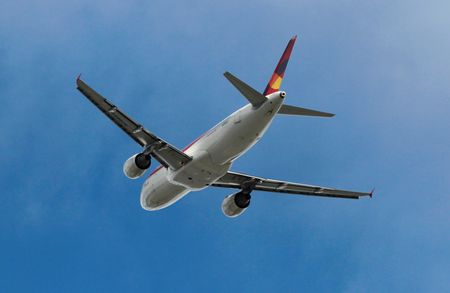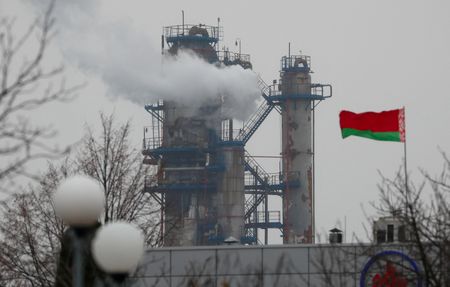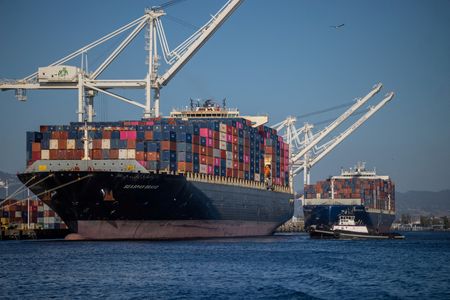MOSCOW (Reuters) -Russia, which recently announced progress in talks with Beijing about a new pipeline, will need at least a decade to significantly increase natural gas exports to China as a result of that deal, industry sources told Reuters.
Alexei Miller, CEO of Russian gas corporation Gazprom, said a “legally binding memorandum” had been signed on the construction of the Power of Siberia 2 pipeline during President Vladimir Putin’s visit to China last month.
The development underscores Moscow’s efforts to reorient its vast gas reserves toward Asia after the collapse of its energy trade with Europe – once its largest market – because of Western sanctions imposed after Russia’s invasion of Ukraine in 2022.
The timeline for the pipeline has not been previously reported.
KEY TERMS OF PIPELINE DEAL NOT AGREED YET
The proposed pipeline, which would run through Mongolia, is expected to deliver up to 50 billion cubic metres (bcm) of gas from the Arctic Yamal region annually – comparable to the damaged Nord Stream pipeline to Germany.
However, key elements of the deal – including pricing, investment terms, and the timing for the start of deliveries – remain unresolved after years of negotiations.
Two industry sources said that even if the deal was finalised next year, it would take about five years to complete the pipeline and start deliveries and another five to boost supplies.
One person familiar with the matter said Gazprom did not expect the Power of Siberia 2 pipeline to reach half of its capacity before 2034–2035 if deliveries begin after 2031.
Analysts at the Oxford Institute for Energy Studies also considered it a likely scenario.
“A final agreement by the end of 2026 could feasibly result in first supply by the end of 2030 or 2031, and a substantial part of the ramp-up achieved by Jan. 1, 2035,” they said in a report last month.
Russia began pumping gas from eastern Siberia to China in late 2019 via the Power of Siberia 1 pipeline, which is expected to reach the planned capacity of 38 bcm this year.
During Putin’s recent visit last month, an additional 6 bcm was agreed via this route.
Separately, China agreed to import from Russia an additional 2 bcm annually via the Far Eastern route from the Pacific island of Sakhalin, with exports scheduled to begin in 2027 and reach 12 bcm per year afterwards.
China has numerous sources of gas, including sea-borne liquefied natural gas as well as pipeline supplies from Turkmenistan, with Russia now covering around 22% of its gas imports in 2024.
(Reporting by ReutersEditing by Tomasz Janowski)











